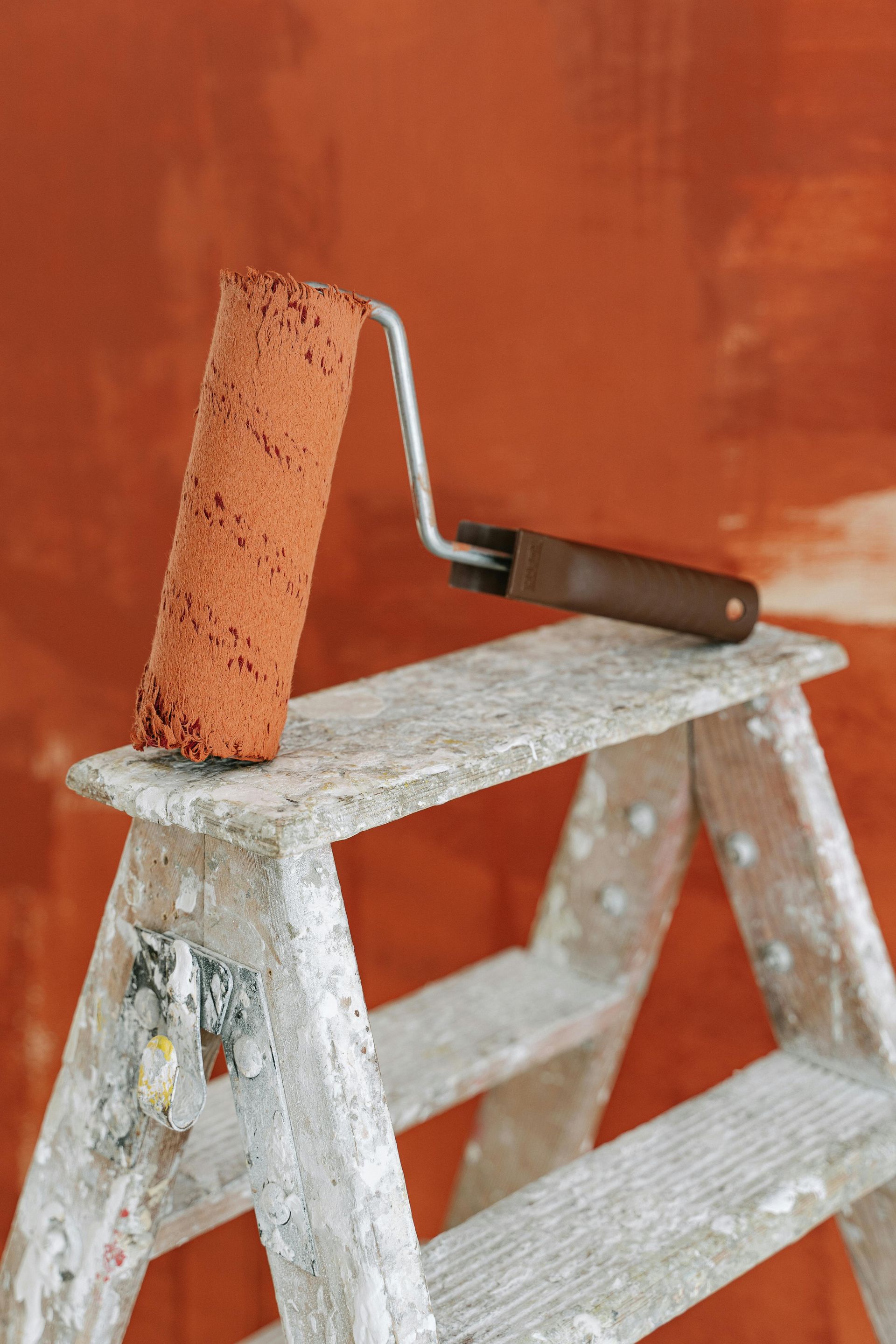Paint Failures Explained: Why DIY Paint Jobs Often Don’t Last
Skipping Prep Work, Poor Product Selection & Rushing Dry Times
Preparation is everything. Yet, DIY enthusiasts often skip crucial steps such as proper cleaning, sanding, priming, and using the right tools. Applying paint directly over dirt, grease, or an old flaky surface sets the stage for disaster. Without priming, new paint struggles to bond properly, leading to peeling, cracking, or uneven textures.
Product selection is another common pitfall. DIYers may opt for a cheap paint brand or mismatched coatings, not realizing that professional interior painting and exterior painting require different formulations. High-traffic areas do well with durable, scrubbable finishes. Exterior walls need paints that resist moisture and UV damage.
And rushing the drying process. Eager to finish quickly, homeowners will apply second coats before the first layer is fully dry. The result is sticky, uneven finishes and prolonged curing issues that weaken adhesion over time.
How The Pros Get It Right
They know that prep work is non-negotiable. Work done is meticulously clean. Sanding and priming surfaces ensures a flawless base. Only after which any color touches the walls. They also select premium-grade paints tailored to specific environments, whether it’s an office space, retail storefront, or residential home. Most importantly, they respect drying times, using climate-controlled conditions when necessary to guarantee a smooth and lasting finish.
Weather & Surface Incompatibility
Temperature and humidity play a massive role in paint performance—something that DIYers often overlook. Painting during extreme heat or cold can interfere with drying and adhesion. If the weather is too hot, paint dries too quickly, leading to blistering. Too cold?! This may never cure properly, resulting in premature peeling.
Surface type matters just as much. Materials like untreated wood absorb paint unevenly, while glossy surfaces repel it. Ignoring these factors leads to flaking, bubbling, and noticeable inconsistencies in coverage.
How The Pros Get It Right
Home painters and house painters assess environmental conditions before starting a job. Equipment such as moisture meters, temperature guidelines, and specialized coatings designed to withstand climate challenges. Whether painting a sun-drenched exterior or a high-moisture bathroom, pros tailor their approach to ensure long-term durability.

How Pros Address & Prevent These Issues from the Start
So, what’s the secret behind a professional-quality paint job? It boils down to expertise, precision, and the right products.
The Professional Process:
- Surface Analysis – Pros check for cracks, mold, or dampness before painting.
- Premium Paint Selection – Only top-grade coatings with proper durability and UV resistance are used.
- Precision Application – From spray techniques to seamless brush strokes, professionals create a flawless finish.
- Time & Technique – Controlled drying times, multiple coats, and expert craftsmanship ensure longevity.
- Instead of dealing with touch-ups and frustrating repairs, homeowners get a beautifully finished space that lasts for years, not just months when they hire professional building painters and commercial painting contractors.
DIY painting is tempting, but it’s not always worth the risk. For homeowners looking to enhance their space without worrying about peeling walls or uneven finishes, the smartest move is clear: Trust the professionals.



